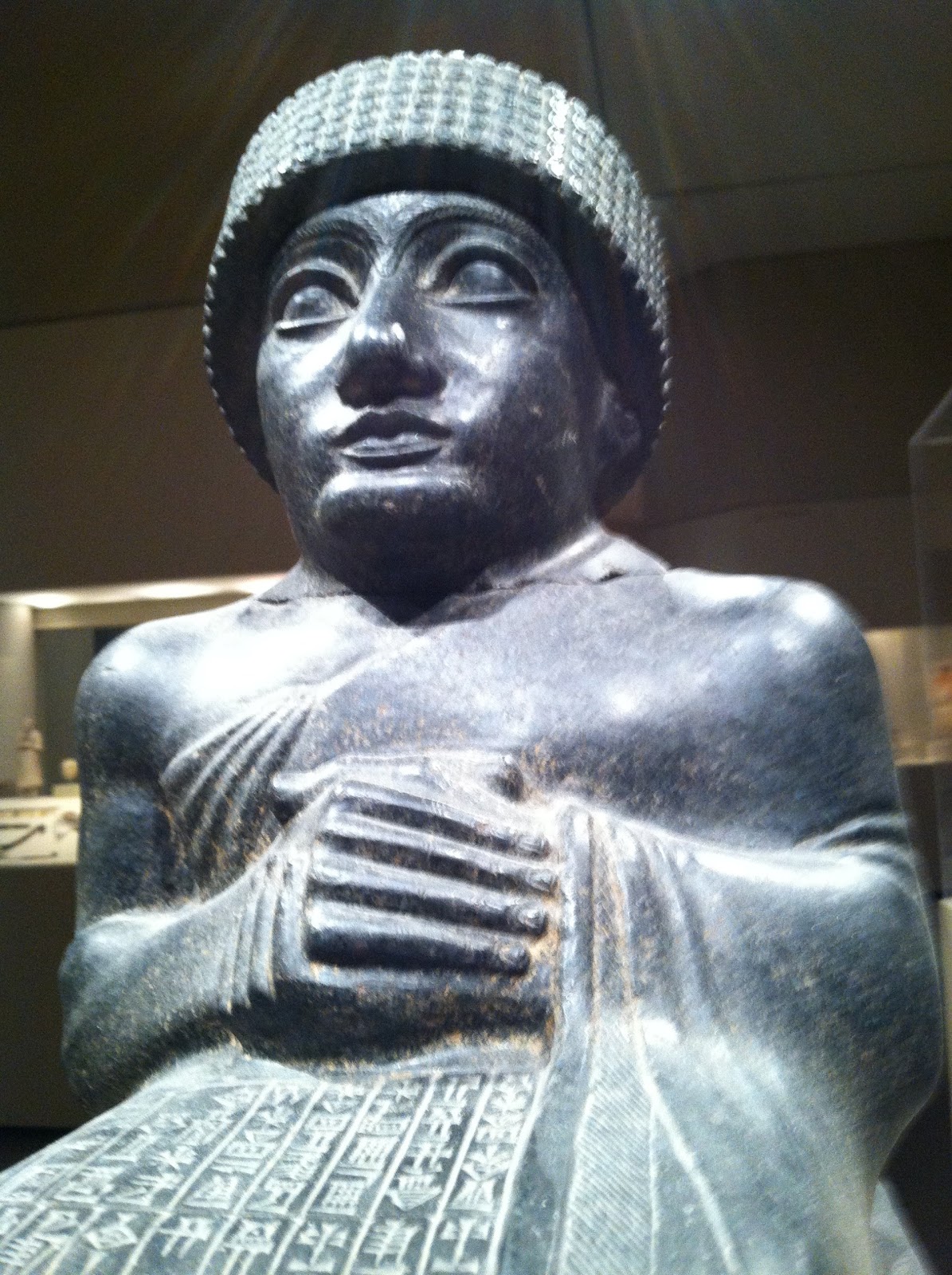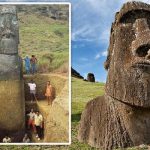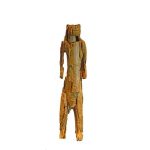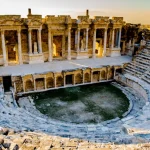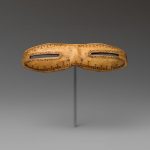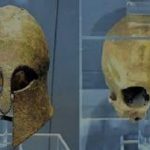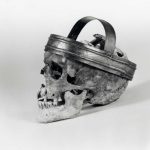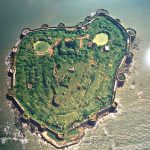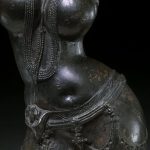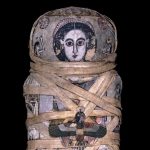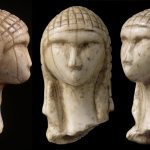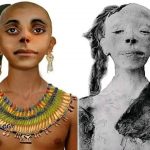Statue of Gudea
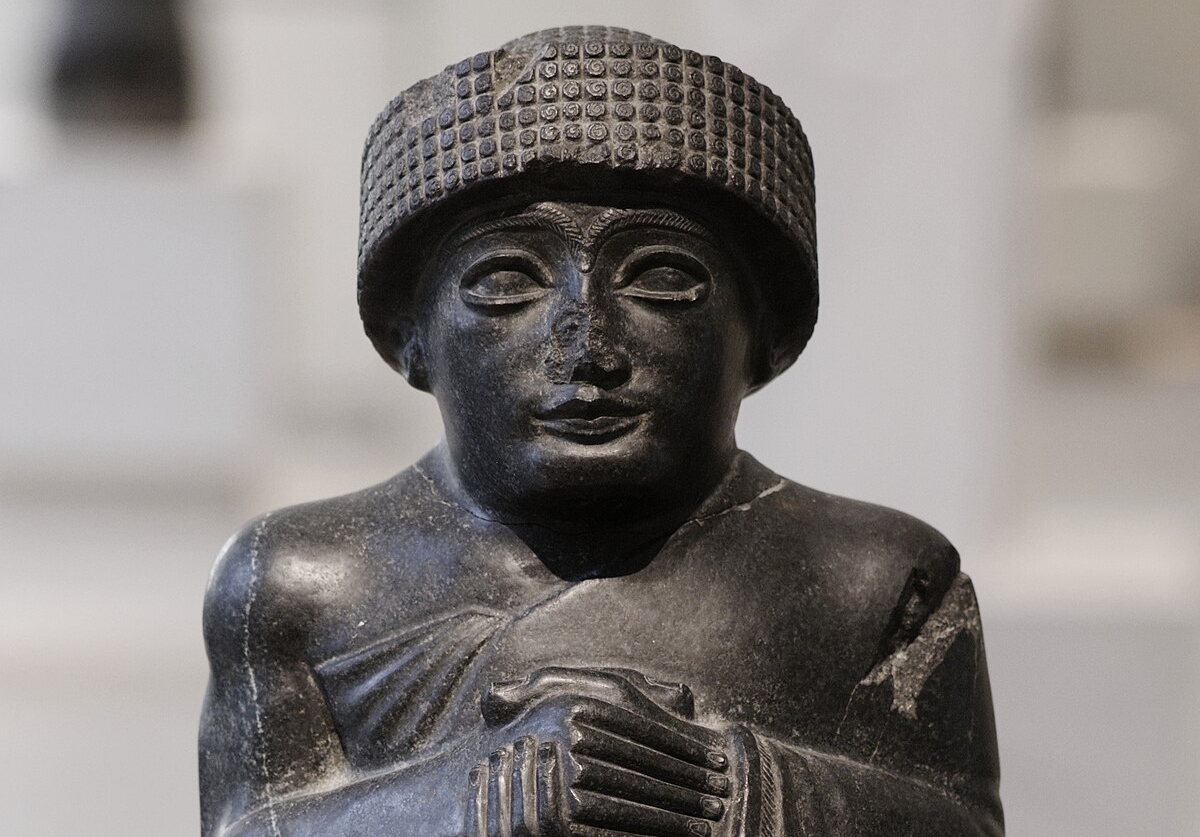
The Akkadian Empire collapsed after two centuries of rule, and for the next fifty years local kings governed independent city-states in southern Mesopotamia.
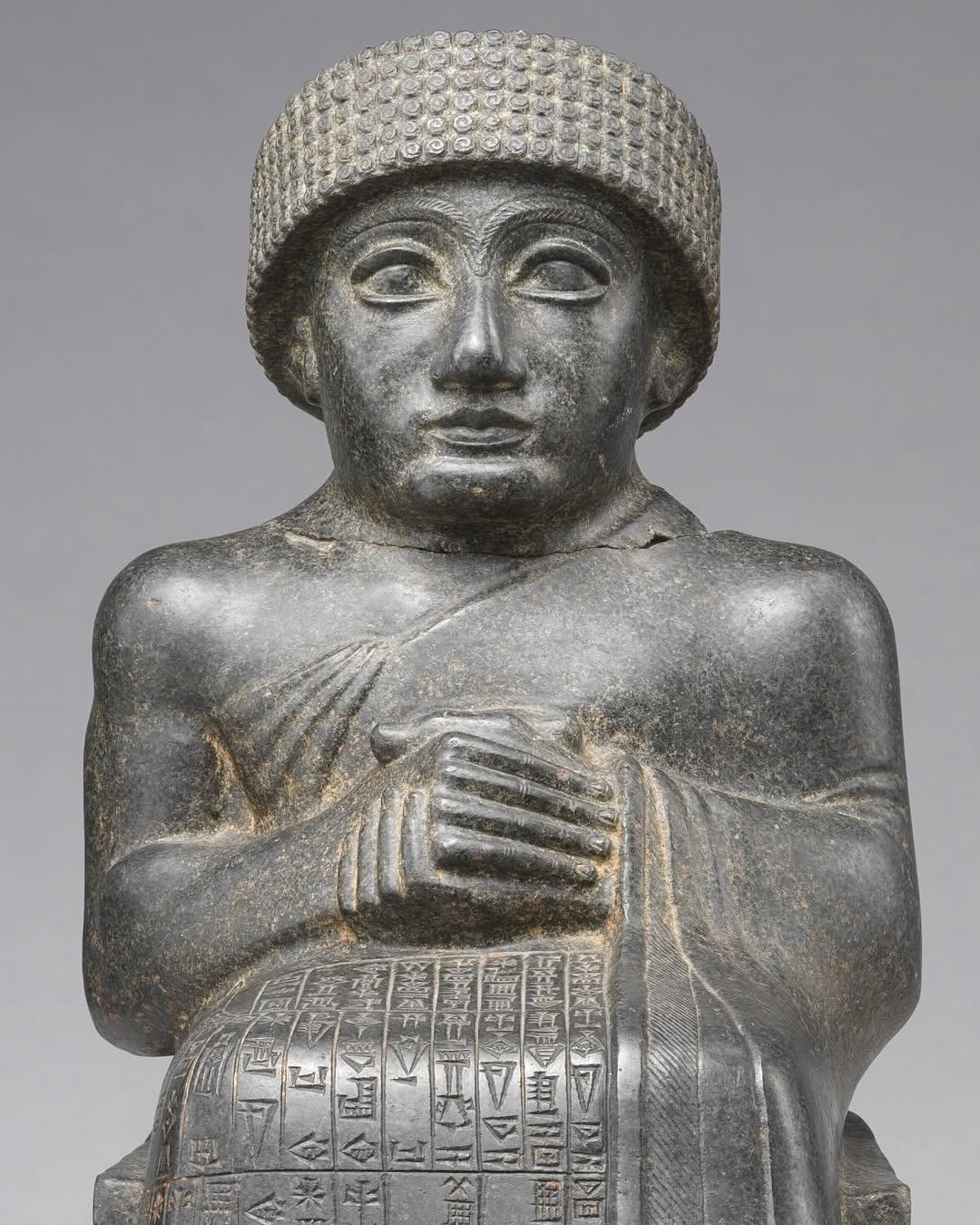
Under the leadership of Gudea (ca. 2150–2125 B.C.) and his son Ur-Ningirsu (ca. 2125–2100 B.C.), the city-state of Lagash produced an exceptional number of royal statues, along with Sumerian literary hymns and prayers. In contrast to the dynamic naturalism of Akkadian art, the works of this Neo-Sumerian culture convey a sense of pious reserve and serene dignity.
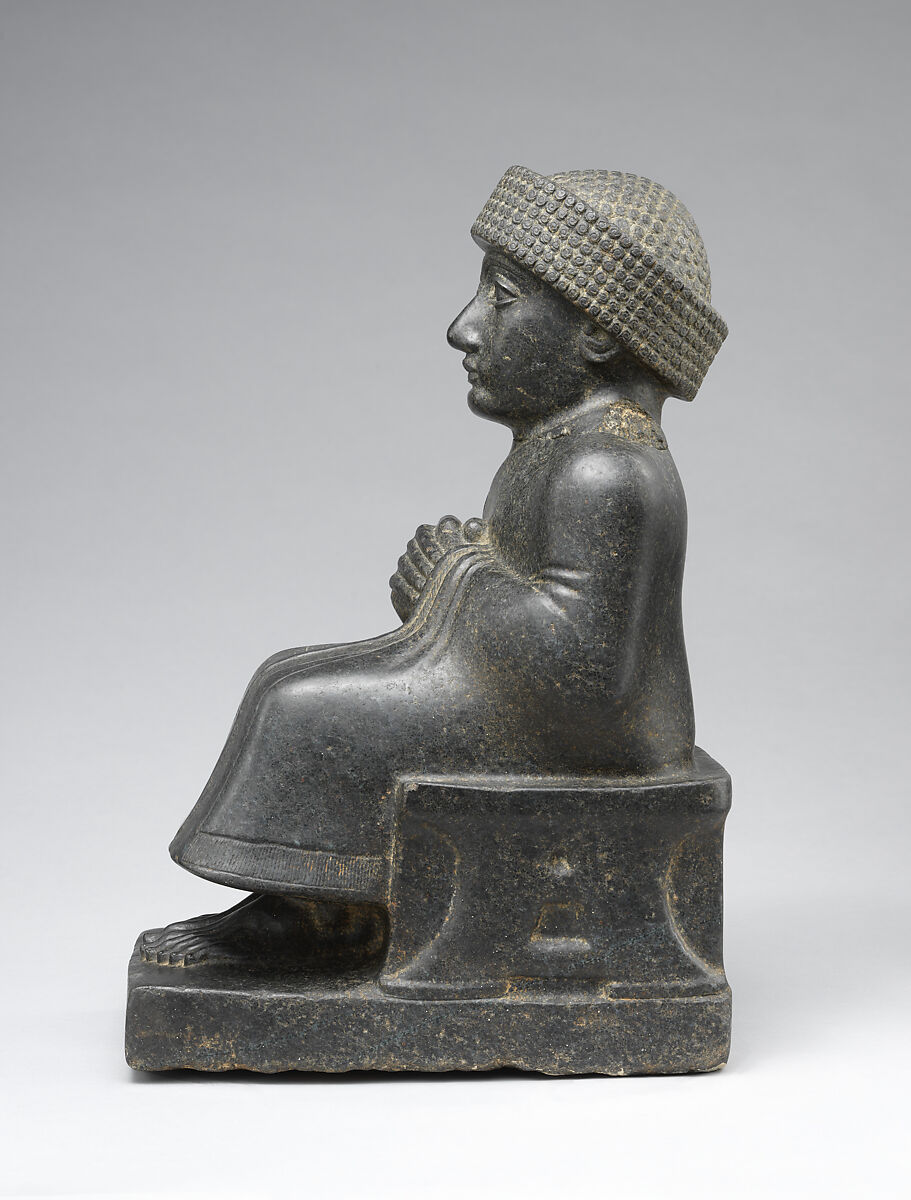
This sculpture is part of a series of diorite statues commissioned by Gudea, who dedicated his efforts to rebuilding Lagash’s great temples and placing statues of himself within them. Many of these works, inscribed with his name and religious dedications, survive today. In this example, Gudea is portrayed seated, his hands folded in the traditional gesture of greeting and prayer, embodying the role of a devout and steadfast ruler before his people.
